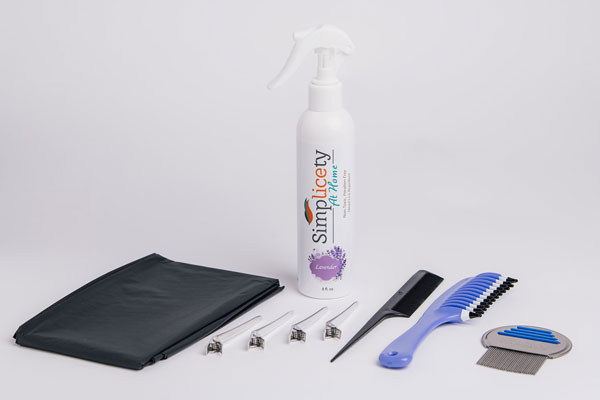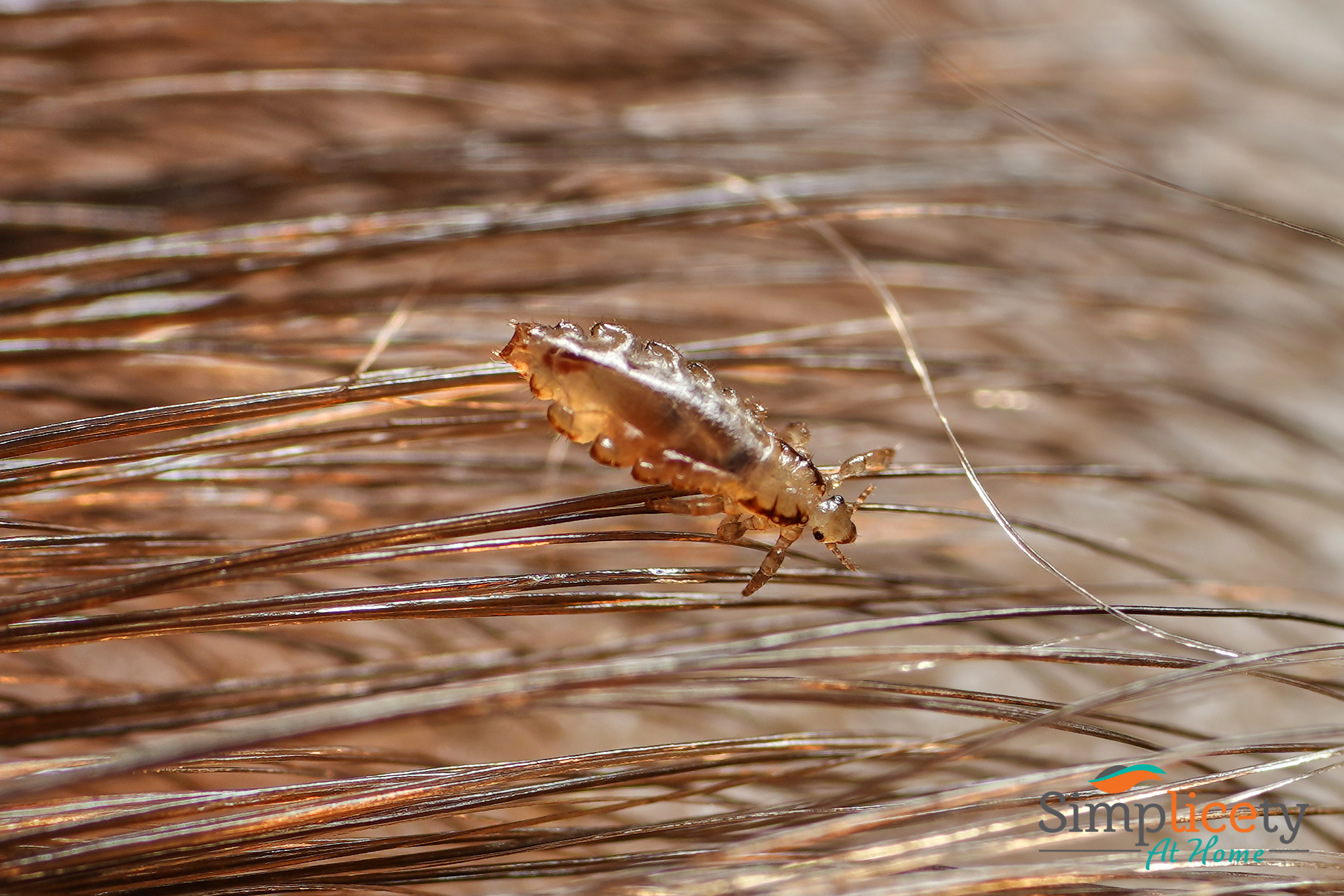Is anyone else singing the theme song from Lion King? It’s the CIRCLE OF LICE.. and it moves us all.
Ok, not really, but I do love a good play on words. Today I’d like to talk about the life cycle of head lice.
Although the size of a sesame seed, these tiny parasitic insects seem to induce sheer panic among moms!

In reality, head lice are harmless but a lice infestation can spiral out of control in a matter of weeks without the child or the parent even knowing it.
How Do You Get Head Lice?
A head lice infestation starts off as a harmless situation. Three children are on a playdate watching a tablet. They lean in close to each other to get a better look at the screen. Unknowingly, one of them has head lice.
Since neither child has their hair up, in a bun or pulled back, their hair begins to touch.
In this innocent situation, repeated daily across the world, a fertile, female louse moves from one person’s hair to another.
This is the first stage of head lice.
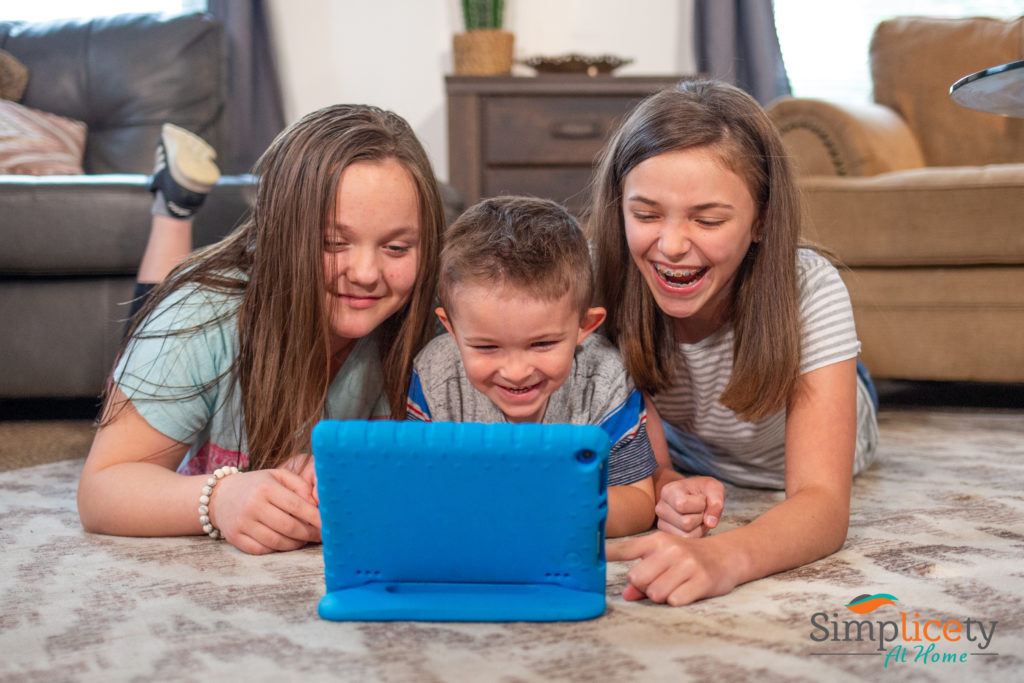
My Child Has Lice!
It only takes 3 seconds for the fertile, female louse to make the transition from one head to the next.
Once the louse (adult head lice) makes the transfer, she will begin laying her eggs (or nits).
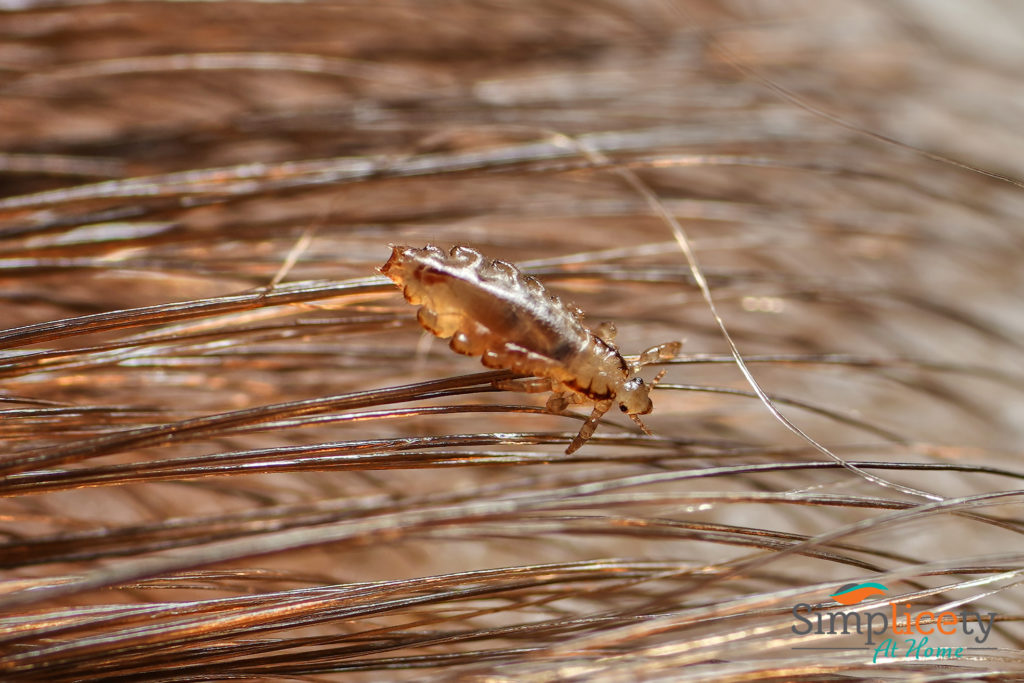
Head Lice Eggs Aren’t White
Contrary to what people believe, Nits (head lice eggs) are not white. Nits can range in color from a light yellowish to dark brown color. The former has already hatched and are just an empty shell.
The dark brown colored Nits have not hatched and can still be viable even if they have been treated with chemicals.
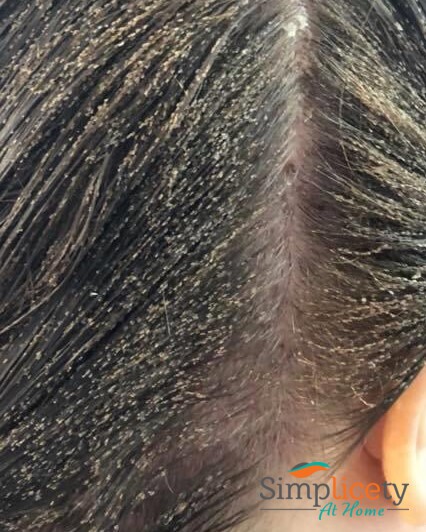
The female louse will lay her nits close to the scalp. She uses the heat from the scalp to incubate her Nits. The Nits will typically hatch in 6-7 days.
Head Lice Nymphs
When the Nits (head lice eggs) hatch, the small babies are commonly referred to as nymphs. Nymphs are usually light tan and will become dark brown in color as they grow.
Nymphs will shed their exoskeleton three times by the time they are considered an adult (or louse) which is about day 17-18.
A male and female louse will then mate and about 1-2 days later, right around day 18-19, the female will then start to lay her Nits (head lice eggs).
A female louse can lay up to 4-8 Nits at a time and may lay them twice a day. She will continue this for the next couple weeks until she finally dies.
Head Lice Life Cycle
Head lice are tiny little parasitic insects that typically complete a full cycle in about 33-35 days.
Imagine the above female louse laying 8-16 nits (head lice eggs) every day for 2 weeks?! That is a LOT of eggs and that is only ONE louse!
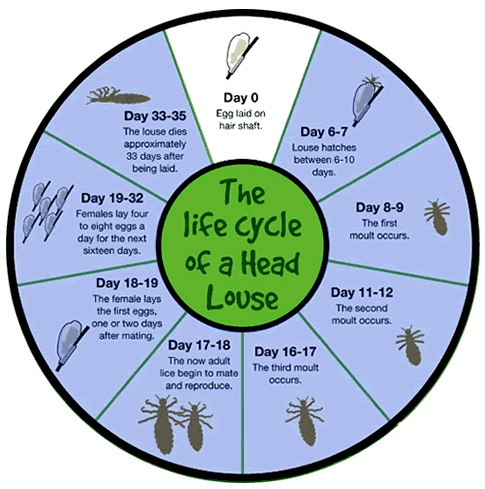
As you can imagine, if left untreated or improperly treated they can get out of hand in a matter of a few weeks!
Knowledge Is Key!
Although becoming a head lice expert, is not something you are likely interested in, KNOWLEDGE IS KEY, when it comes to head lice.
A bit of knowledge will go a long way and help prepare you if head lice do venture into your world.
An effective treatment, backed by first-hand, professional experience can save you STRESS, TIME AND MONEY!
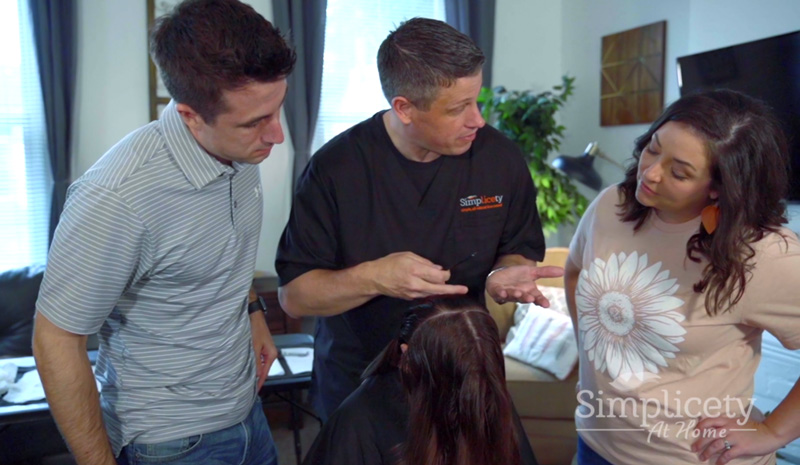
Head Lice Treatment
If you’ve come this far, you are likely looking for answers and treatment options. LOOK NO FURTHER! Our Head Lice Treatment Kit focuses on the REMOVAL of head lice. We do not use ineffective, harmful chemicals!
Our kit comes with a step-by-step instructional video from myself, Pete The Lice Guy, and everything that you will need to successfully REMOVE head lice from your loved one’s hair.
Click the picture below to purchase.
